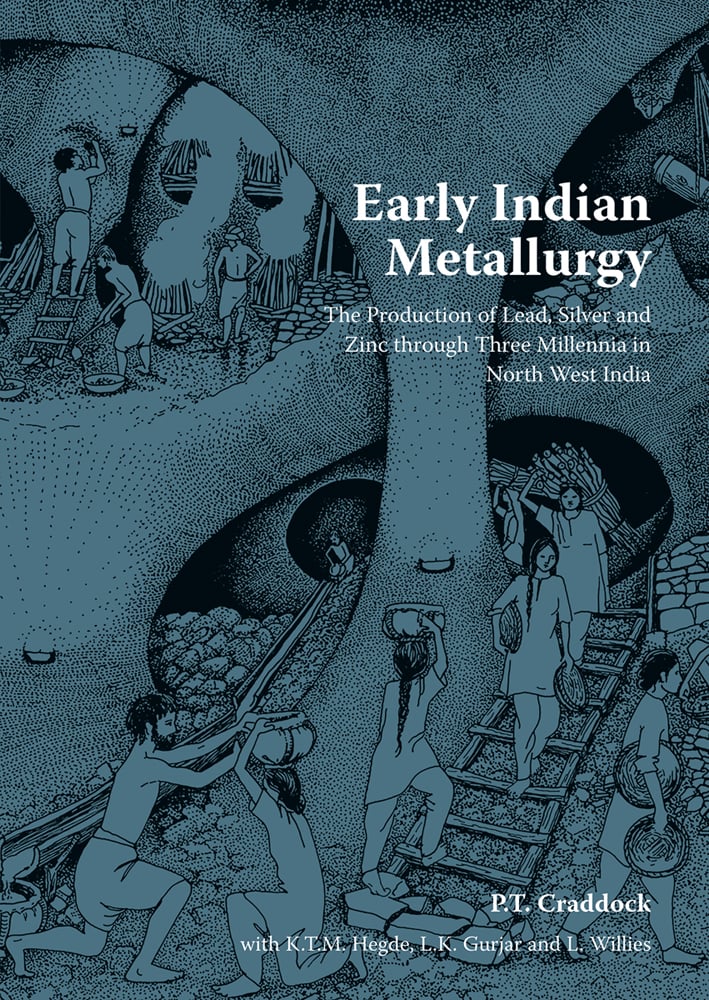
Early Indian Metallurgy
The production of lead silver and zinc through 3 millenia in northwest india
- Contrary to common assumptions, major and complex industrial enterprises were taking place in ancient times well outside the Eurocentric Middle East
- Focuses on archaeological surveys and excavations made at three major mining and metal production sites in India
Most studies of ancient technology have hitherto been based on the civilizations of the Mediterranean and Middle East, especially those of Egypt, Greece and Rome. When the first European surveys of the surviving mines and metals industries in India were made in the 19th century, the then-primitive technology encountered was deemed to have been all that India had ever achieved. However, the project described in this volume indicates that in previous centuries, the mining and metals industries were much better organized, employing sophisticated and innovative technologies.
Archaeological survey and excavation at three major mining and metal production sites in the Aravalli Hills of Rajasthan (Agucha, Dariba and Zawar), well away from the Graeco-Roman world, shed light on the long-term development of mining and smelting activity over 3000 years. Zinc was and still is the principal metal extracted, together with minor amounts of lead and silver. The first production of zinc on an industrial scale anywhere in the world – by advanced processes of high temperature distillation – was discovered at Zawar. This led the authors of this book to study the silver production at Dariba and Agucha, producing further evidence of major and complex industrial enterprises which took place well outside the Eurocentric Middle East.
- Publisher
- Archetype Publications
- ISBN
- 9781909492516
- Published
- 28th Jun 2017
- Binding
- Paperback / softback
- Territory
- USA & Canada
- Size
- 8.29 in x 11.65 in
- Pages
- 270 Pages
Our Catalogs
Browse Our Books
Please log-in or create an account to see your recent items.